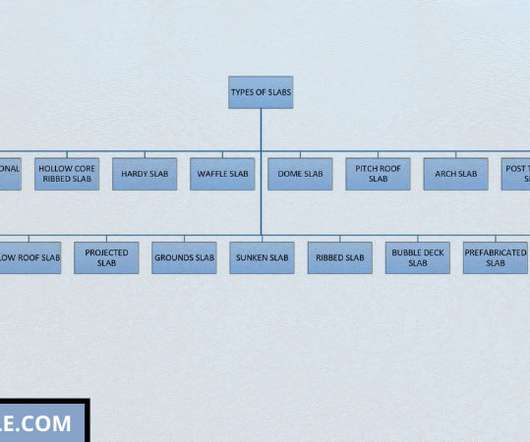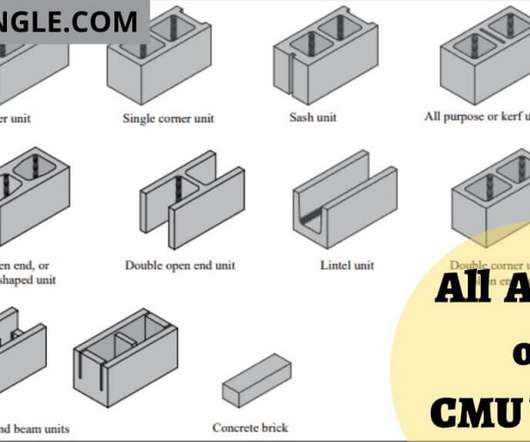House Underpinning: Ensuring Structural Integrity
CCR Magazine
JANUARY 22, 2024
All residential and commercial buildings require sturdy, reliable foundations to remain structurally sound over decades of shifting soil, erosion, changing weather patterns, and typical wear-and-tear. But even modern engineering and construction cannot always prevent foundational issues from emerging.

















Let's personalize your content